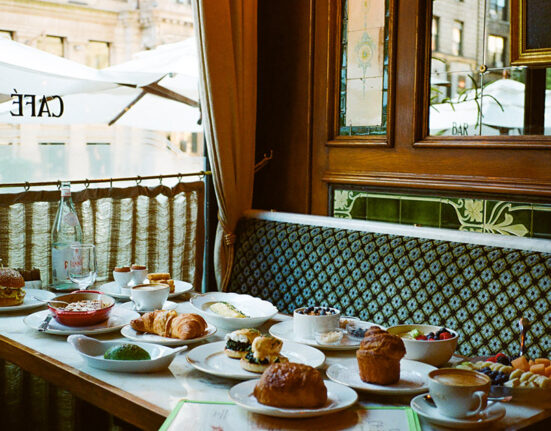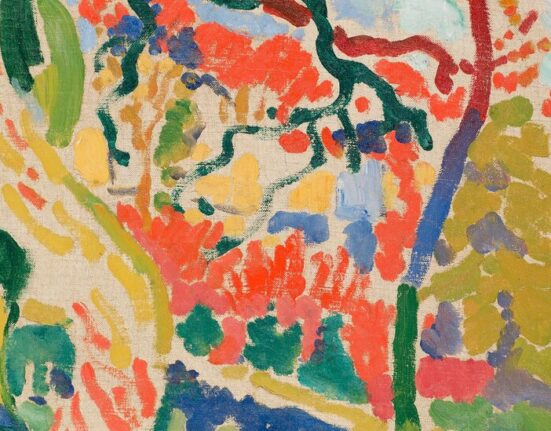Glicéria Tupinambá will be the first Indigenous artist to represent Brazil with a solo exhibition at the Venice Biennale, the world’s most prestigious festival of the visual arts. The Brazilian Pavilion will be renamed the Hãhãwpuá Pavilion for the occasion, in reference to the Pataxó people’s word for the territory before its colonisation by the Portuguese. Tupinambá is a noted activist, and once served two months in jail with her baby for protesting police brutality.
Another Brazilian, Adriano Pedros, will curate this year’s iteration of the Biennale, the first time a South American has done so in the festival’s 129-year history.
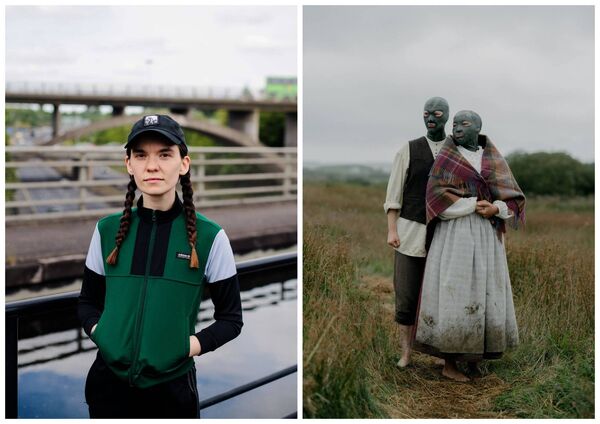
Longford artist Eimear Walshe, with Sara Greavu and Project Arts Centre as curator, will represent Ireland at the Biennale with an exhibition entitled ROMANTIC IRELAND. The project comprises a multi-channel video installation with an operatic soundtrack housed in an immersive earth-built structure, and explores collective building and the Irish tradition of the ‘meitheal.’
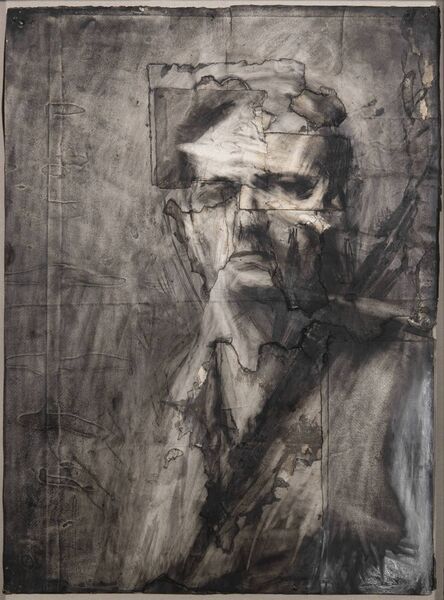
Frank Auerbach, German-born but long settled in London, represented Britain at the Biennale in 1986. Auerbach is best known for his intense portraits, which tend not to flatter his sitters, though the same handful have sat for him over several decades. The works at the Courtauld date from the 1950s and ’60s. Each was executed in charcoal and chalk, and reworked again and again over several months. The drawings are displayed alongside paintings he made of the same subjects. Auerbach turns 93 in April.
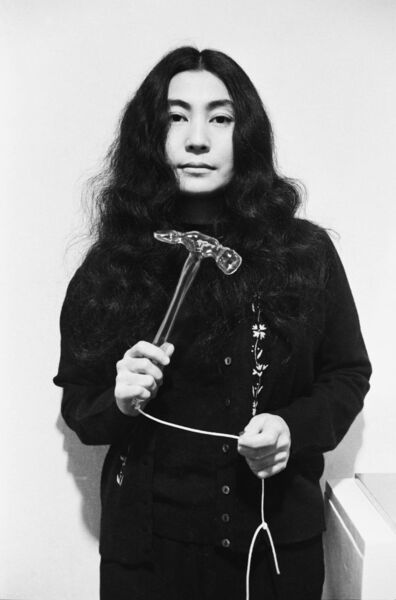
Yoko Ono, a mere whippersnapper at 91, has had a long association with London, where she met her future husband John Lennon in November 1966. Tokyo-born but long resident in New York, Ono has cut a singular dash in the international arts world. She invited gallery visitors to cut off her clothing for Cut Piece (1964) and found no shortage of volunteers willing to expose their derrieres for posterity in No. 4 (Bottoms) (1966-67). These works are among over 200 in the huge retrospective at the Tate, which also invites visitors to climb into cloth bags, drive nails into a white canvas or paint messages of hope on a migrant boat.
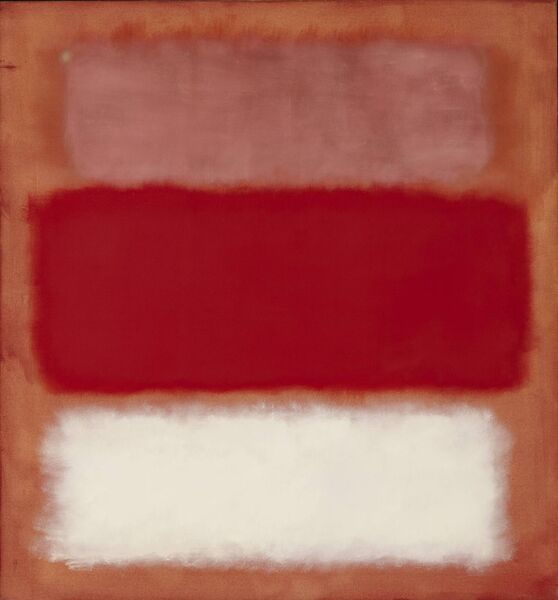
Rothko, Latvian-born but resident in America from the age of ten until his suicide in 1970, is best known for his transcendent colour field paintings. This retrospective includes 115 works borrowed from major collections such as those of the Tate in London, the National Gallery of Art in Washington DC and the artist’s estate, tracing chronologically his development from figuration to abstract expressionism.
Marc Chagall was born near the city of Vitebsk, in what is now Belarus but was then part of the Russian Empire, in 1887. Over the next 97 years, living mostly in France and America, he distinguished himself as a prodigious painter and stained glass artist, and is remembered today as the most important Jewish artist of the 20th century. This exhibition in Madrid features 160 of his works and is curated by his granddaughter, Meret Meyer.
The American artist Cindy Sherman’s career has been a 50+ year exercise in self-portraiture. In all that time, her work has consisted of photographing herself made up as different characters, most famously in the series Untitled Film Stills (1977-80). Sherman’s exhibition in Stockholm is the same but different; this new body of work finds her transforming low-resolution Instagram selfies into monumental tapestries crafted from cotton, wool, acrylic and polyester.
Born in Sweden in 1862, Hilma of Klimt was a mystic who claimed her paintings were inspired by spirit guides. She left more than 1,200 works to her nephew, with the proviso that they not be shown until 20 years after her death, and it is only in recent times that she has been acknowledged as a pioneering abstract artist. Wassily Kandinsky was Russian, and a near contemporary, whose work brought him international renown in his lifetime. This is the first time their work has been shown together in a comprehensive exhibition.
Long recognised as a giant of contemporary European art, Kiefer presents a major exhibition of painting, sculpture, installation and photography, including a large new work specially created for the Renaissance courtyard at the Palazzo Strozzi. In Kiefer’s practice, he typically explores memory, myth, history and literature, often confronting the history of his native Germany, and particularly the legacy of the Nazi Holocaust.
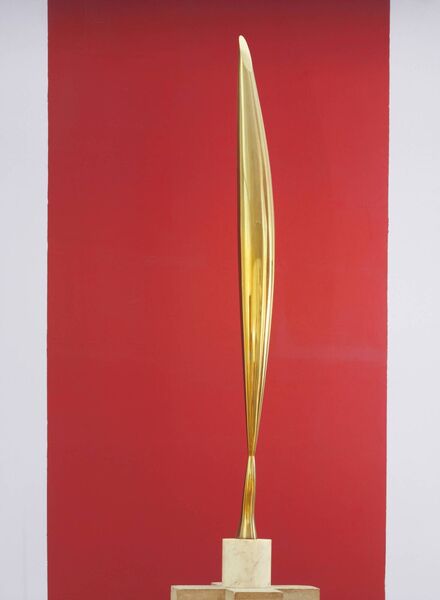
Constantin Brancusi, a Romanian who spent most of his working life in Paris, is celebrated in an exhibition that features over 120 of his sculptures, along with a number of films and hundreds of drawings. At its heart is a reconstruction of his studio at 11 Impasse Ronsin in the 15th arrondissement, where, in the last years of his life, he obsessed over the placing of his works and their relationship to one another.


